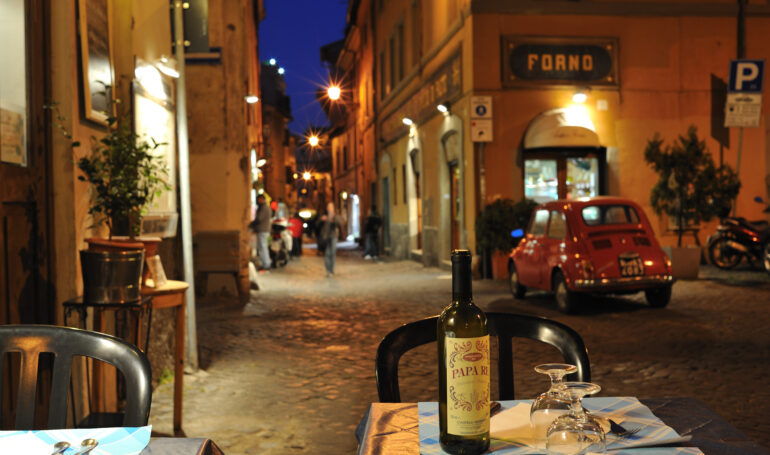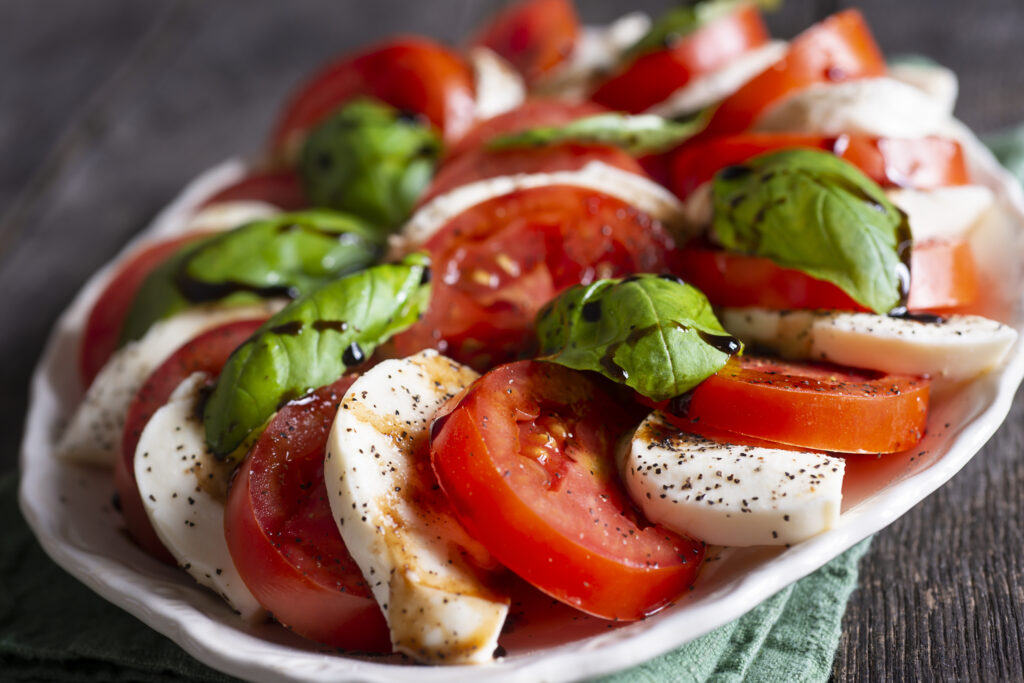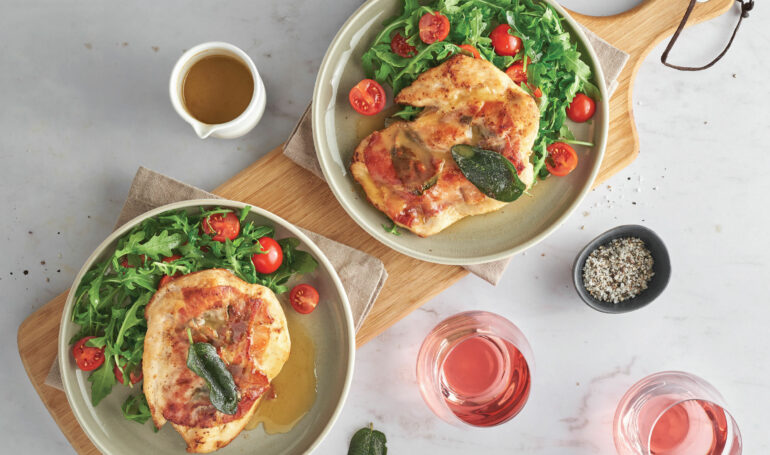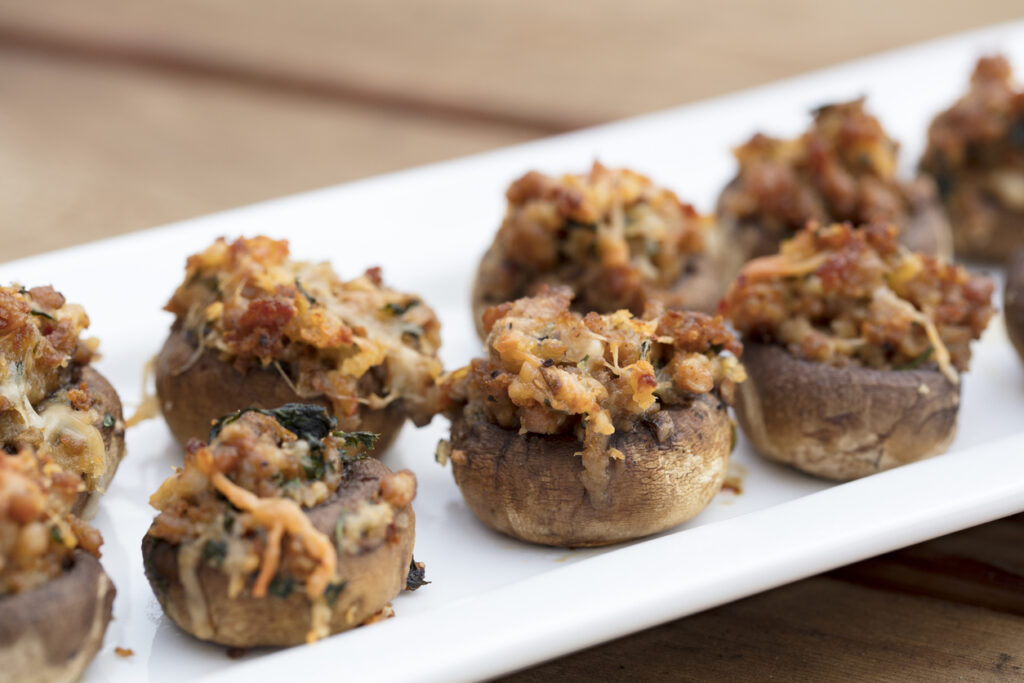
How to Navigate an Italian Menu Without Speaking Italian
Visiting Italy is a dream for many, but when it comes to dining out, navigating an Italian menu without speaking the language can feel intimidating. The good news? Italian menus are more structured than you might think, and with a little guidance, you can confidently order delicious meals without any language barriers. Here’s a complete guide to help you decode an Italian menu like a pro.
Understanding the Structure of an Italian Menu
Italian menus are typically divided into structured courses. Even if you’re not planning to order a full-course meal, knowing how these sections are organized can make ordering much easier.
1. Antipasti (Appetizers)
Antipasti (anti means before, pasti means plates/meals) are the starters and often include small plates meant for sharing. Common choices include:
– Bruschetta – Toasted bread with toppings like tomatoes, garlic, and basil.
– Insalata Caprese – Slices of fresh mozzarella, tomatoes, and basil simply dressed with some extra virgin olive oil.
– Prosciutto e Melone – Cured ham served with sweet melon.
– Carpaccio – Thinly sliced raw meat or fish, often dressed with extra virgin olive oil and lemon.

Picture Credit: Rudi Sili.
2. Primi Piatti (First Course)
Primi dishes are usually pastas, risotto, or soups. This course is often the most indulgent and features regional specialties. Some common dishes include:
– Spaghetti alla Carbonara – Pasta with eggs, pancetta, cheese, and black pepper.
– Penne all’Arrabbiata – Pasta with a spicy tomato sauce.
– Risotto ai Funghi – Creamy rice dish with mushrooms.
– Gnocchi al Pesto – Soft potato dumplings with basil pesto sauce.

Picture Credit: Tasha Lubina.
3. Secondi Piatti (Main or Second Course)
Secondi consist of meat or fish dishes. These are typically served without a side dish, so you may need to order contorni (sides) separately. Popular options include:
– Bistecca alla Fiorentina – A thick-cut Florentine steak, often cooked rare.
– Saltimbocca alla Romana – Chicken or veal wrapped with prosciutto and sage, cooked in wine sauce.
– Branzino al Forno – Oven-baked sea bass, often seasoned with herbs and lemon.
– Pollo alla Cacciatora – Chicken stewed in tomato sauce with herbs and vegetables.

4. Contorni (Side Dishes)
Since main courses don’t automatically come with sides, you may want to order contorni separately. These typically include:
– Patate al Forno – Roasted potatoes.
– Verdure Grigliate – Grilled vegetables such as zucchini, peppers, and eggplant.
– Insalata Mista – Mixed salad.
– Spinaci al Burro – Buttered spinach.
5. Dolci (Desserts)
No Italian meal is complete without a sweet ending. Some famous Italian docli (desserts) include:
– Tiramisu’ – A layered dessert with coffee-soaked ladyfingers, mascarpone, and cocoa.
– Panna Cotta – A creamy, gelatin-based dessert often served with fruit coulis.
– Cannoli – Crispy pastry tubes filled with sweet ricotta cheese.
– Gelato – Italy’s famous ice cream, available in many flavors.

Picture Credit: Fotogiunto via iStock.
6. Caffè e Digestivi (Coffee and Digestifs)
After dessert, Italians often enjoy an espresso or a digestif (a drink meant to aid digestion). Keep the below in mind, but avoid ordering a cappuccino after a meal as Italians never drink milk-based drinks after a meal as it disrupts the digestion.
– Espresso – A small, strong coffee served in a tiny cup.
– Caffè macchiato – Espresso “stained” with a little milk.
– Limoncello – A lemon liqueur served chilled.
– Grappa – A strong Italian brandy made from grape pomace.
Key Italian Menu Terms to Know
Even if you don’t speak Italian, recognizing key terms on a menu can make ordering much easier. Here are some useful words to look for:
– Al forno – Baked – e.g., lasagna al forno. (Baked lasagna.)
– Alla griglia – Grilled – e.g., verdure alla griglia. (Grilled vegetables.)
– Fritto – Fried – e.g., calamari fritti. (Fried calamari.)
– Affumicato – Smoked – e.g., salmone affumicato. (Smoked salmon.)
– Ripieno – Stuffed – e.g., funghi ripieni. (Stuffed mushrooms).
– Con – With (e.g., pasta con funghi. (Pasta with mushrooms.)
– Senza – Without – e.g., senza glutine. (Gluten-free.)
– Piccante – Spicy.
– Fresco – Fresh.
– Stagionale – Seasonal.

Picture Credit: Marisa Nicolau
How to Order in Italian WhenYou Don’t Speak the Language
Even if you don’t know much Italian, you can confidently place an order by following these simple phrases:
– Vorrei – “I would like…” (e.g., “Vorrei una pizza margherita.”)
– Per favore – “Please.”
– Grazie – “Thank you.”
– Il conto, per favore – “The bill, please.”
– Posso avere? – “Can I have…?”
– Senza formaggio, per favore – “Without cheese, please.”
– Cosa mi consiglia? – “What do you recommend?”
Tips for Dining in Italy
1. Avoid Asking for Alterations – Unlike in some countries, Italian chefs take pride in their dishes as they are. Asking for substitutions might not always be well received.
2. Expect a Cover Charge – Many restaurants charge a “coperto,” a small fee per person that covers bread and table service.
3. Tipping is Appreciated – While not every Italian tips in Italy, Italian waitstaff are starting to expect tips from American (or Canadian) travelers. The cover charge does not account for tipping and you can tip according to your discretion and type of service received. If you are a large party or group, sometimes it’s automatically added, so check the bill. If it’s not, tip what you see fit.
4. Lunch is the Main Meal – Italians tend to eat larger lunches and lighter dinners, so keep that in mind when planning your meals.
5. Water and Bread Aren’t Free – Unlike in some countries, water (acqua) and bread (pane) are usually charged separately.
Conclusion
Navigating an Italian menu without speaking the language doesn’t have to be intimidating. With a basic understanding of the menu structure, key food terms, and a few essential phrases, you can enjoy authentic Italian cuisine with confidence. Whether you’re savoring a plate of pasta in Rome or indulging in fresh seafood in Sicily, this guide will help you make the most of your dining experience in Italy. And if this intimidates you, than join me in Italy on a culinary adventure where I will be there to help you place your order! Buon appetito!
Leave a Reply

What to Pack for Italy
Cosa Mettere in Valigia per l'Italia
Everyone is always asking me what they should pack for Italy,
so I’ve created a quick reference guide that you can use for your next trip.
Hint: You don’t need nearly as much as you think you do!

One Comment
Francesca
I so appreciate your articles highlighting different insights regarding how to navigate one’s journey through Italy.
Your articles are always concise,informative and helpful in understanding the culture and intricacies of your heritage
Thanks so much!
Regards
Richard